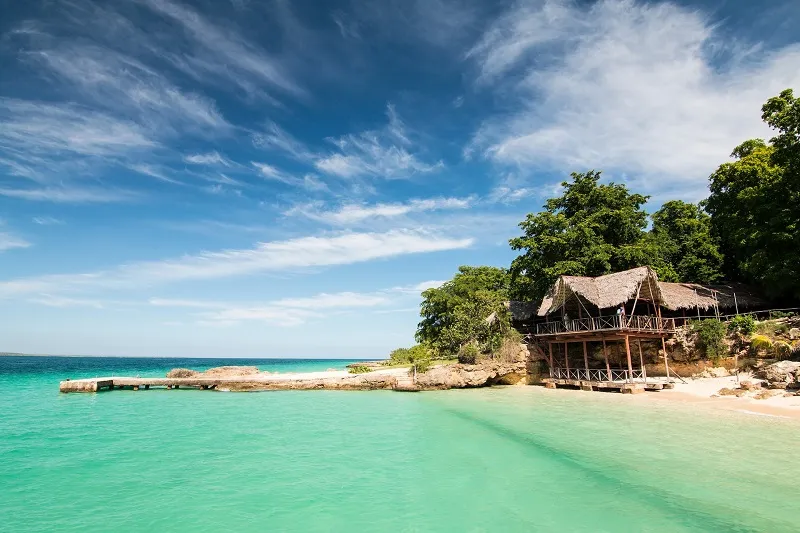
Cuba is an island that frequently lurches forward before crunching into reverse. As a result of the 1959 Revolution, which halted time and turned the world upside down, the region is also well known for its prolonged stagnation.
You’ll be struck by the old radios, refrigerators, and lamps, as well as the swinging neon signs that are hung above stores, when you visit Cuba. Everywhere you turn, you’ll see vintage drug stores, quaint barbershops, and recognizable vintage American cars. Cuba, though, is a make-do-and-mend, carbonate-frozen Cuba, not a retro fad.
However, the island is becoming more contemporary at an exponentially faster rate. First-rate, family-run boutique hotels are booming, and new swank hotels are opening up all the time. Additionally, home-based eateries known as paladars are gradually elevating Cuban cuisine in the culinary world.
There have been other changes. This communist bastion just mourned the passing of its towering father, Fidel Castro, and welcomed the first US president to visit in 80 years. Miguel Diaz-Canel, the first leader of the nation since 1959 who is not a member of the Castro family, has been sworn in as its new president.
Cuba is unquestionably distinct, though. World-class ballerinas and baseball stars receive the same pitiful state income as the average worker, while roadside billboards still bear the slogan “Socialism or death.”
When visiting Cuba, you can meet local artists in their front-room galleries and study salsa in private homes. You can learn how to kite surf, rock climb, play the conga, and ride a horse while taking a city tour in a 1956 Chevrolet. And the island’s magnificent beaches, pristine waters, and mountain ranges covered in forests remain.
Cuban Culture, Language And Religion
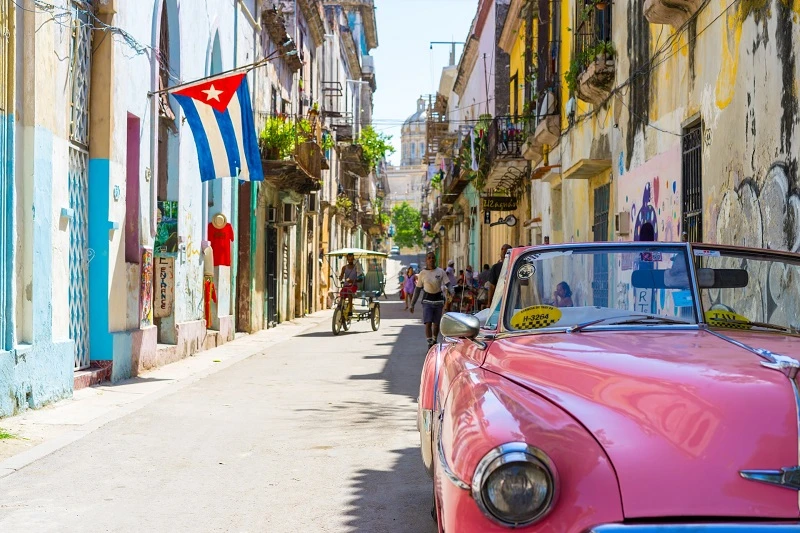
Cuban culture is a complex fusion of Spanish, African, French, and Asian influences, with American baseball playing a significant role. The crumbling colonial facades, classic vehicles, and basic cuisine of the nation are largely a result of the challenging economic conditions that Cuba experienced after the Cuban Revolution.
A crucial component of Cuban culture is music. Cuban music has influenced salsa, jazz, tango, and Spanish nuevo flamenco thanks to its Afro-European roots.
Spanish is the official language of Cuba. You should call your hosts and the locals as seor and seora, and you’ll note that people here refer to one another as compaero.
The majority of the country is Roman Catholic, although Santera and Abaka have adherents of two Afro-Cuban religions that are also extensively practised throughout Cuba. There are also relatively minor Muslim, Hindu, and Jewish groups.
Currency
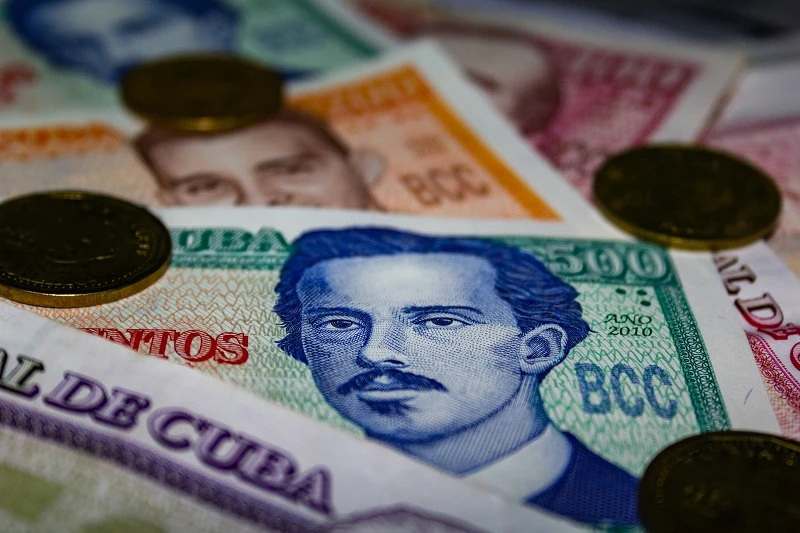
The convertible peso (CUC) and the Cuban peso are the two recognised currencies of Cuba (CUP). You’ll spend most of your money in convertible pesos. Small markets, food carts, buses, and several local eateries and bars are where Cuban pesos are most commonly used.
The majority of US credit and debit cards, especially those used at ATMs, are not accepted in Cuba, however there may be the occasional exception. Bring cash in Canadian or European currencies to exchange at the airport’s currency exchange counter or at your accommodation for CUC. (Take note that there is a 10% tax associated with the conversion of US currency).
How to get to Cuba?
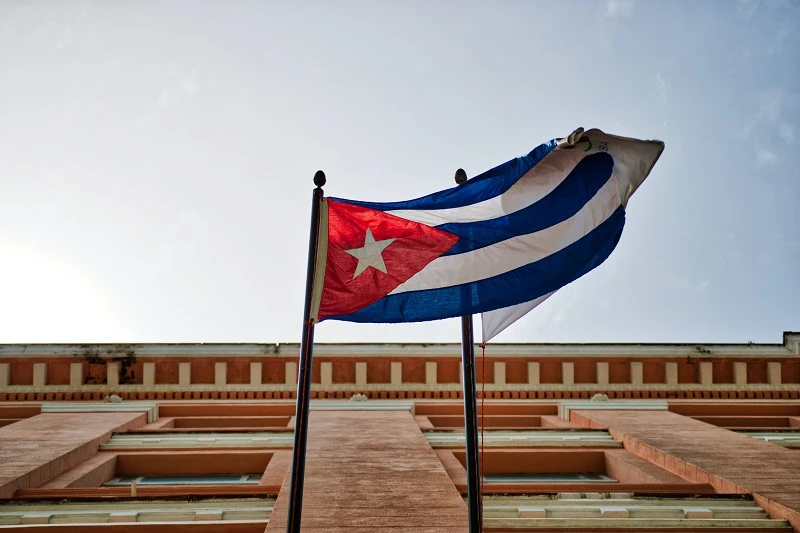
It is simple to travel to Cuba. There are numerous direct flights from Europe, but few from the UK. Flying indirect from the UK via other European locations to Cuba may end up being less expensive. Neither flights from Australia nor those from Ireland are direct.
Although Canada has historically had the most flights to Cuba, it is now possible to fly there directly from the US. Although you can travel directly to several rural airports, the José Mart airport in Havana is where most planes land.
If you are travelling to Cuba from the US and make your reservations through a specialised travel agent, they are probably authorised to take parties of US people. By doing this, you save the inconvenience of managing a licence yourself.
Cuban Tourist Visa
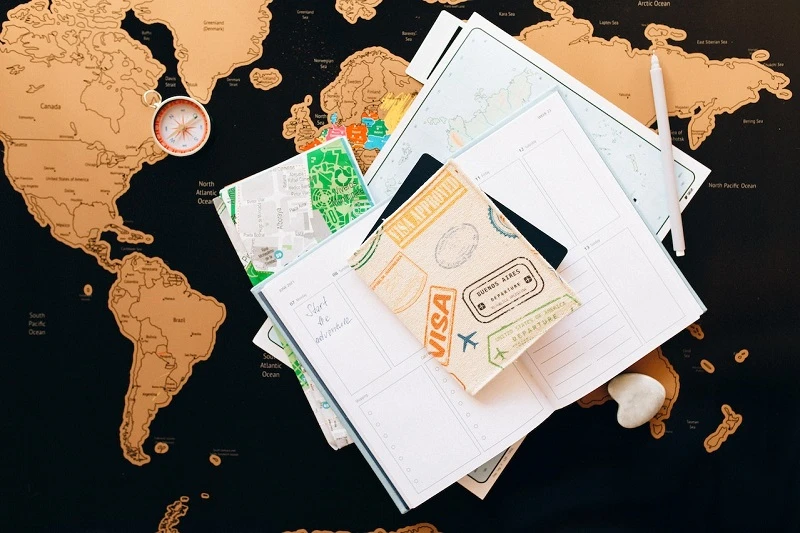
For travel to Cuba, you’ll need a tourist visa (sometimes known as a tourist card). Some airlines at the airport, some airlines online, or a third-party source like Cuba Travel Services all offer tourist visas for purchase.
Although it is technically illegal for US residents to travel to Cuba as tourists, if your trip fits within one of the 12 categories of approved travel, you may be able to get a general licence. The Department of Treasury website lists the legal justifications.
You’ll need to travel with a tour operator that is authorised in the United States if your justification falls under “Educational Activities and Support for the Cuban People,” which is most likely the case.
The actual licence is not a paper licence; rather, it is a declaration you may be required to submit when reserving your accommodations and travel as well as when you get back in the United States. Also required of all tourists is non-US-issued health insurance. All US flights to Cuba come with this insurance by default.
Best time to go to Cuba
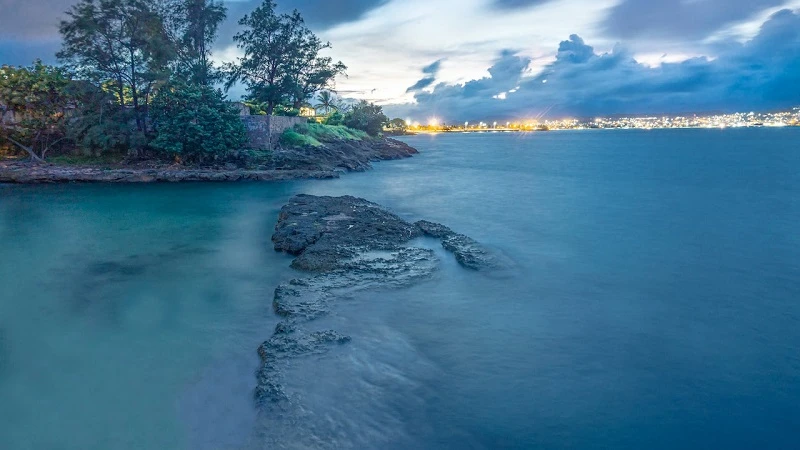
Generally speaking, the best months to visit Cuba are from December to May. However, because to the islands’ proximity to the equator, you can almost always count on bright pleasant weather.
Travelers who visit Cuba between May and October are unlikely to have a soggy vacation because the rains don’t persist very long. Peak hurricane season occurs in September and October.
From July 25 to July 27, Cubans flock to the streets to commemorate the success of the Cuban Revolution, which is when Cuba holds its best festivals. Expect to see dancing, speeches, and rallies. These are regarded by Cubans as the happiest days in the country’s history.
Weather In Cuba
Despite being only 90 miles from the United States, Cuba has exclusively tropical weather. The cooler dry season and the warmer wet season can be loosely separated into two seasons over the entire year.
Dry Season (November–April)
Even though it may be winter where you are, now is the ideal time to visit Cuba. This time of year, the weather is cooler, but it’s Cuba cool. During this hour, the temperature often ranges between 70 and 75 degrees. Though it’s possible that others will join you in taking advantage of the pleasant weather; crowds will increase and hotel rates can increase by roughly 25% during this period.
Wet Season (May–October)
Summer in the US is Cuba’s low season when tropical storms, occasionally hurricanes, lash its coastline. Look out for sales in May and October, though. During the country’s shoulder seasons, you may be able to find the rare trifecta of affordable costs, sparse crowds, and pleasant weather.
Public Transportation
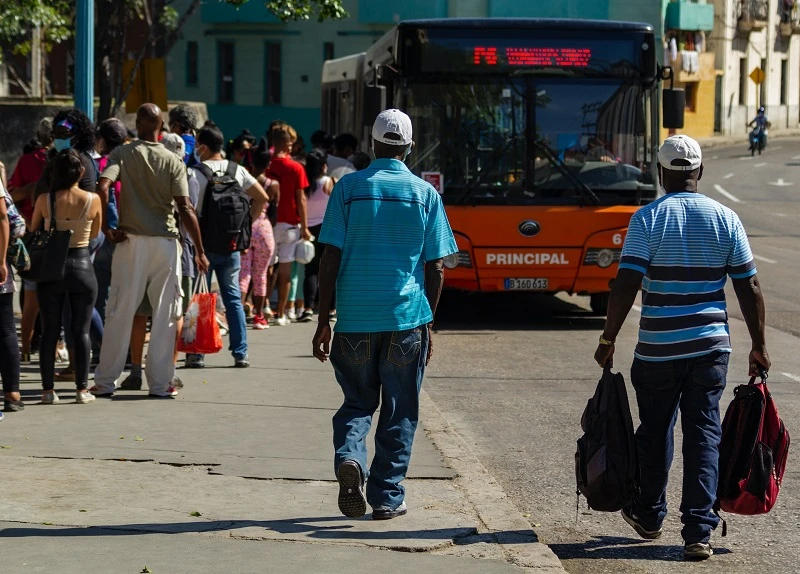
In Cuba, buses are the primary mode of transportation. For interprovincial travel, buses often operate on a two-tier system, with one service for foreign passport holders and another for locals. The majority of visitors stick to taxis while travelling between cities in Cuba because the local buses are so confusing.
The majority of state taxis have metres and accept convertible pesos as payment. Before getting in the car with a private cab, agree on a price.
Renting a car might make sense for you if you have extensive travel plans, but rates are frequently costly. Havanautos and Cubacar have the most rental locations on the island, and all Cuban car rental companies are state-run.
Where to stay In Cuba?
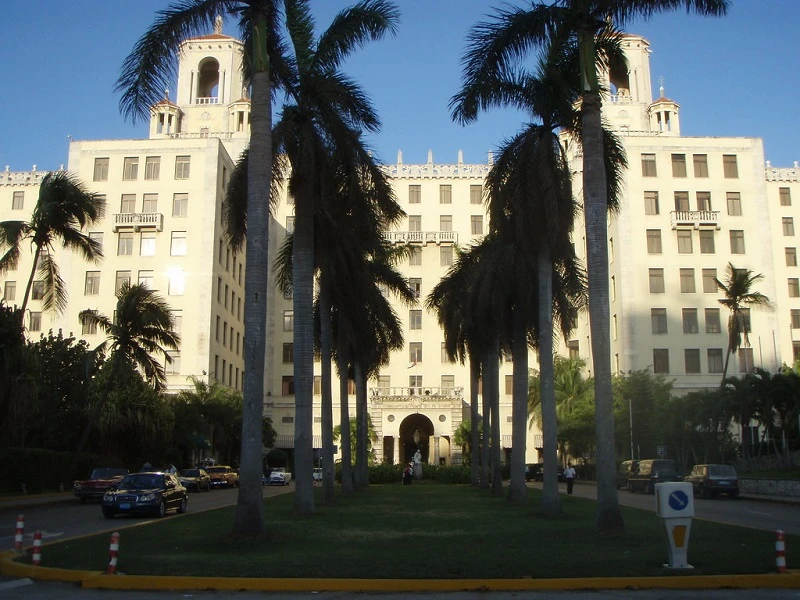
Not too long ago, the only lodging options in Cuba were drab government-run hotels or the spare room in a private home, or casa particular, which was frequently rented out illegally.
The hotel industry lately become much more fascinating because to the easing of constraints on private company and foreign investment. The options now include anything from remote B&Bs to oceanfront resorts and the most design-conscious boutique hotels.
The casa particular is frequently the most character-filled alternative. Across the nation, enterprising home owners have gladly thrown open their doors, and a stay in one allows visitors to look into some remarkable heritage structures and enjoy the best of Cuban hospitality.
If you stay in a colonnaded farmhouse or a 17th-century villa with frescoed ceilings and wrought-iron balconies, breakfast may be served on the balcony with three generations of the family.
There are large beach resorts along the coast; while they are typically a little less exciting, they feature all the amenities you would expect from global corporations.
Look into the storied Habana Libre in Havana for accommodations with a touch of revolutionary flavour; the hotel served as Fidel Castro’s residence after he overran the city in 1959 and is said to have been the scene of one of the many assassination attempts on him by American conspirators.
Food and Drink
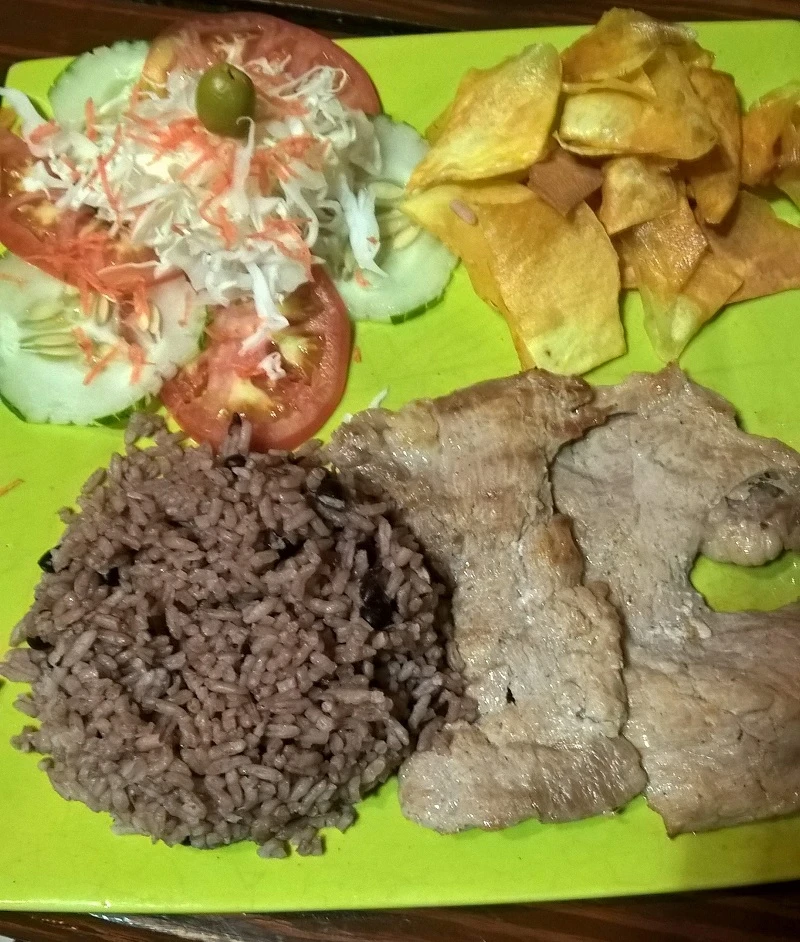
It’s safe to assume that, until a few years ago, nobody travelled to Cuba specifically for the food. A respectable lunch typically consisted of a portion of flaccid chicken served with dry rice and beans because the state controlled the country’s food supply.
Since 2005, everything has changed due to the easing of rules and the thriving of private industry. The cuisine revolution is being led by paladares (home eateries), which provide creative dishes using recently available foods in frequently fascinating structures.
Highlights include, in particular, seafood and fish (look out for bonita tuna, red snapper, grilled octopus and freshwater shrimp). The national foods of Cuba, such as ajiaco (a complicated stew), spit-roasted pork, and ropa vieja (shredded beef with vegetables), have benefited from an improvement in the quality and availability of ingredients.
The mojito is the cocktail most closely associated with Cuba. La Bodeguita del Mar in Havana claims to have created the cool concoction of white rum, lime, mint, and sugar, although this is hotly contested.
Whether or not it’s true, this is still a wonderful setting to try the drink. You’ll be in excellent company since Fidel Castro, Gabriel Garcia Marquez, and Ernest Hemingway were among the establishment’s former customers.
Where to go in Cuba?
The capital, Havana
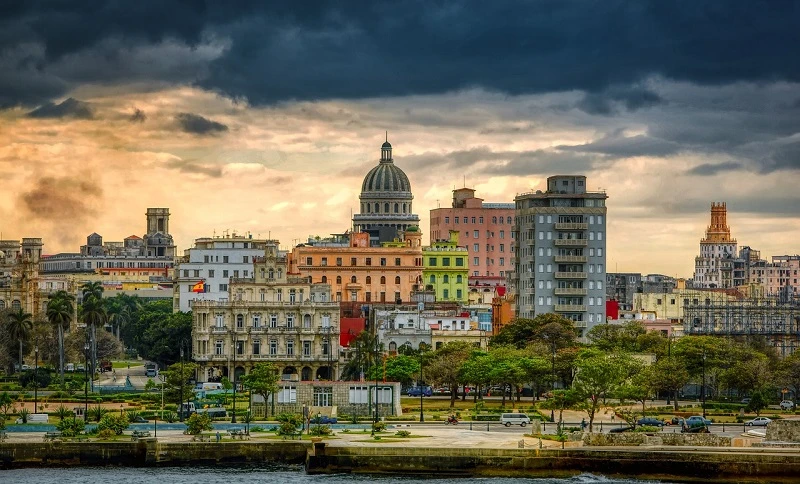
If you visit Cuba, you must include a trip to its vibrant capital, Havana, on your plan. At the centre of this special city is Havana Vieja, a collision of the old and modern, with magnificent buildings dating back to the sixteenth century coexisting with bustling new clubs and restaurants, boutique hotels, and case details.
West of Havana
The province of Pinar Del Rio’s Vinelas Valley, with its enormous Jurassic-era hills, has a sense of the otherworldly, while Las Terrazas, a distant but beautiful eco-resort, is located in the Sierra del Rosario range.
You may visit a variety of tobacco estates, with Alejandro Robaina being the most well-known. Go west to the remote Mara La Gorda on the Pennsula de Guanahacabibes for superb scuba diving.
East of Havana
There are many beach resorts in Cuba, but Varadero in Matanzas Province offers the whole vacation experience. Only a few hours’ drive east of Havana are a seemingly endless beach, all-inclusive resorts, and water sports.
There is a wealth of fauna and fantastic diving chances on the undeveloped Pennsula de Zapata, which is located on the province’s southern border. The magnificent Cuevas de Bellamar (Bellamar caves) and the green Yumur valley are two other well-liked day-trip locations.
Santiago de Cuba

If you visit Cuba, the province of Santiago de Cuba in the southeast of the island is a great place to spend your entire vacation. A beautiful drive is along the southern coast road, which is surrounded by the Sierra Maestra’s blue-green mountains and shimmering waters.
In addition, the mountains are home to wonderful hiking trails and a number of historically significant sites. Santiago, a bustling and energetic city, has a relaxed, very Caribbean air and attracts tourists with some of the best Cuban music, especially during its exciting annual July carnival.
Conclusion
With its old-world beauty, Cuba will make you feel as though you’ve travelled back in time. You’ll see rows of antique American vehicles, old Russian Ladas, and beautifully restored structures next to dilapidated colonial homes throughout the cobblestoned alleys of Old Havana.
Take a trek through beautiful valleys, learn how to roll a cigar, sip mojitos, and relax on snow-white beaches. With all of Cuba’s charm, it’s simple to become enamoured. To assist you in planning and helping you get the most out of your trip, we’ve put up this Cuba travel guide.
